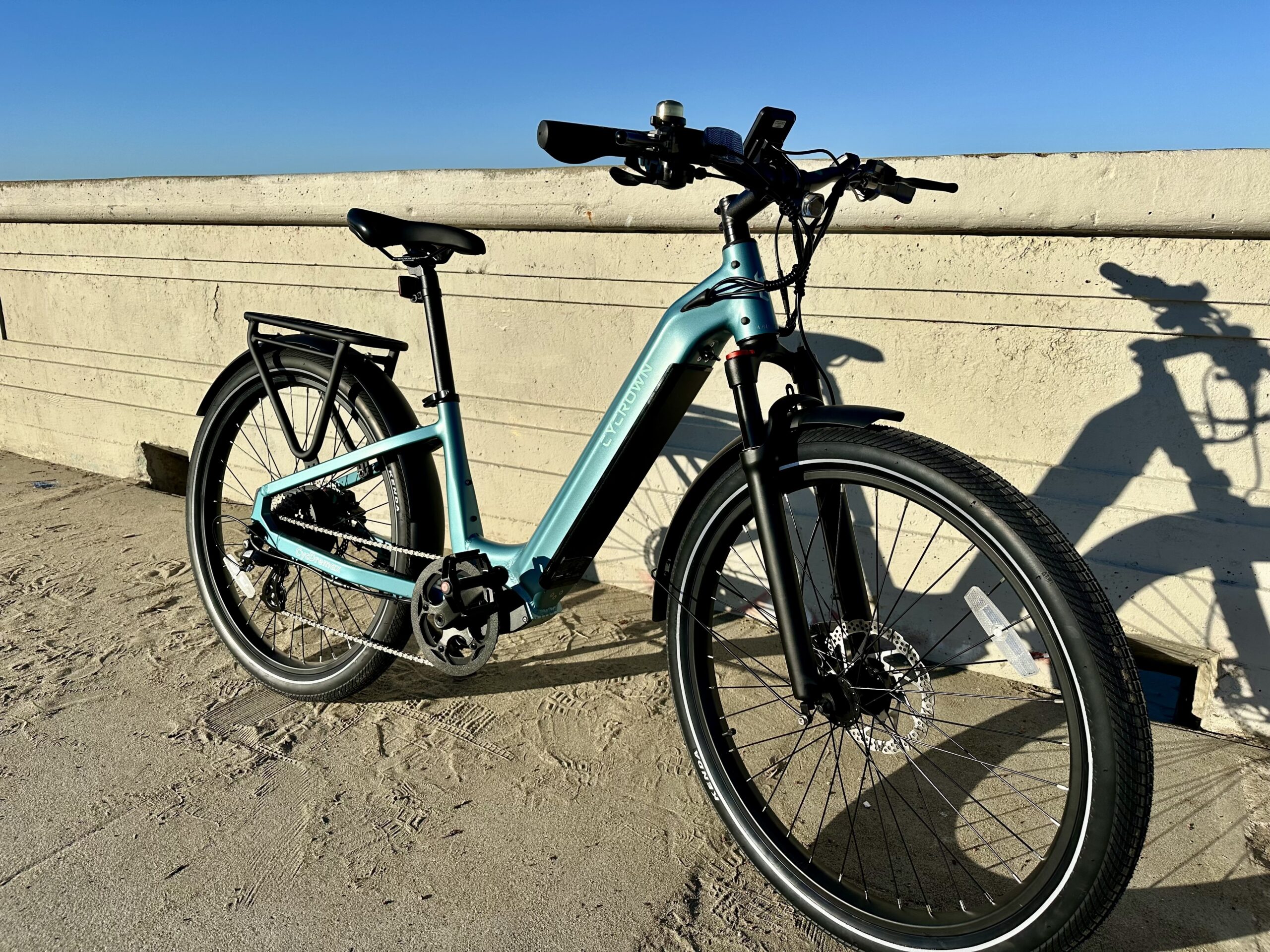Sign up for daily news updates from CleanTechnica on email. Or follow us on Google News!
Here at CleanTechnica, Michael Barnard is the primary marine shipping author. Some other writers have an interest as well, but I have only created several posts, sticking mostly to electrified boats.
However, in reading some of his articles, and perusing the user comments, an idea has come up, which is also partially a question. Why not just use huge cargo vessels with sails to propel themselves with clean, free wind power? Well, logically, it makes sense, because we all know in previous centuries there were a great number of wooden ships with multiple masts and enormous sails crossing oceans to transport vast amounts of cargo. Of course, by today’s speed standards that form of shipping would not be acceptable.
The trouble with fast, modern container ships is that they use fossil fuels and generate a great deal of air pollution that is harmful to the planet and human health. So it was both captivating and exciting to see that a modern rather large cargo sailing vessel has been constructed and was recently launched — the Anemos.
Guillaume LE GRAND, Co-founder and President at Transoceanic World Transport (TOWT) answered some questions for CleanTechnica (TOWT is the operator; Piriou is the shipbuilder)
When was Anemos launched, and how many voyages has it completed?
SV (for Sailing Vessel) Anemos has been launched (delivered by the shipyard) early August. She started sailing with a full load from Le Havre in France to New York, then sailed to Santa Marta in Colombia, where we literally just finished filling with coffee as I speak.
I can’t resist sharing recent videos, such as arriving in Le Havre:
And loading there:
Or this one, with “Artemis” reaching almost 14 kts entering in the Indian Ocean:
We successfully offloaded 835 US-Pallets of products such as MMPJ, Drouhin, Lacoste, Chartreuse, and several organic wines, plus other cargo, such as Bonne Maman jams and other products.
What are the vessel’s primary destinations?
In fact we are working on France => Texas and back as well as France => Florida then back as well as a Portugal => UK route. However with two vessels, we tend to focus on regular routes to give a maximum of visibility and frequency to the customer.
How does using wind power reduce emissions by more than 90% compared to a conventional container ship?
We make the most of latest technologies. First we used CFD (computational fluid dynamics) to design a rigging that was going to be able both to sail into the wind and bear away and be efficient with cross and aft winds. We make the most of the carbon technology (paradoxical to decarbonize, is it not?) to reach heights that would never be reached by traditional rigging (too heavy, the vessel would not be stable), hence giving us tremendous power compared with old square riggers. The textile technology of our cloth sails (wings do not decarbonize) allows to unfurl a J0 of almost 700 m² just with one sail, which is nothing compared with before. Altogether almost 3,000m², and all this is entirely automated, mechanized, so the rigging is furled, hoisted, sheeted in or out (handled), all from the wheelhouse with a minimal crew (we have 7 older clippers, about 40).
We can ballast several hundred tonnes of water starboard <> portside to limit the heeling within 15° while still keeping a large surface of sail out. We put weight where the wind comes from to balance the vessel. Nothing like that existed before.
Below water, the daggerboard makes us sail straight, limiting drift, a lot. We can give it an angle to keep the route close to the wind if we need.
Two small diesel-electric engines connected to propellers are “feathered” in light winds to optimize the hydrodynamics of the vessel and keep speed. With stronger winds, more pitch can be given to the propellers which literally turn backwards and generate (electric engines become dynamos) the vessel’s energy which stems from… the speed of the vessel that the wind gives her on the water, generation “wake” energy.
Anemos is also a concentration of technology coming from various sectors, not only ocean racing, also mega-yachting, shipping, cruise, fishing, energy, e-vehicles, and of course logistics.
Several rigging parts have been designed by ourselves and the shipyard (booms, sheeting system etc.), and it is really new, never seen elsewhere. And most of it goes beyond the understanding one hears in “sail.”
For instance, carbon masts, which save us a great deal of stability compared to metal ones (weight on the heights of the masts) allow us to almost double their sizes, thus dramatically gaining sail power. Using cloth sails was key to us. Today only this type of rigging provides principal sail propulsion; they allow us to bear away, ie. they don’t always work like wings (which they do when sailing into the wind) and to reach commercial speed over 90% of the time with all engines turned off.
For centuries, we knew wind was abundant in deep seas, and we had the pilot charts, but now, thanks to satellite communication and routing technology, wind is also predictable and “routable,” which makes it a reliable source of propulsion. We use a couple of routing softwares at the moment (to choose). We have also adapted a deep sea racing software for us (where there is no race to win).
Of course, the global data recently made massively available anywhere you are adds an extra dimension, even though we legally also stick to good old maritime satellite communication too.
In fact, in all our calculations we have taken margins over margins in a conservative way to be able to be credible. We expect most of the crossings to be well below the 1g/tCO2/km.
Also, it is not for me to come out with the “shipping dieselgate,” but when you look at their figures and the physics behind it, you realize that the 20g/t/km is probably understated.
Once that is said, there are windows of opportunity that you need to take to be sailing like >99% of the time. Our sailing schedules are designed according to wind seasons. And we develop our own routing systems to predict and optimize routes.
These coastal windows of opportunity are due to low pressure systems, especially coastally and under our latitudes, requiring in the Channel or the Biscay, for instance, real nautical expertise. Because of operational constraints, we may sometimes have to sail maybe 97, 95, 90% of the time. But still it is a lot.
And every detail is disclosed on each product transported via the immersive logbook experience of the ANEMOS certificate.
How long does it take Anemos to cross the Atlantic with a full cargo, and is that 1100 tons?
About 13/14 days. It took us slightly longer in August because it was a maiden voyage.
Yes, a full cargo represents 835 US PALs of 1,3 tonnes or 1,040 EPALs of about 970kg.
Does Anemos have backup propulsion if there is no wind?
Absolutely. As brought up before, two small diesel-electric engines are onboard, used almost only for port maneuvers. Sometimes one of them at low RPM can give us a knot or two, of course, so as to keep ETA or reach windier areas with very low consumption.
How much did Anemos cost to build?
Confidential information. Artemis is the sistership, and we have ordered six more vessels! It has been announced here.
How many oceanic crossings will Anemos make each year?
Eleven are scheduled.
How many more vessels like Anemos will you build, and when?
Artemis is already sailing, while numbers 3 to 8 will be delivered in 18 months and then every quarter, making it an 8-vessel fleet by 2027.
Does Anemos also have solar power and battery storage?
Yes, we store the wake energy. Unfortunately, no solar (it was minuscule regarding energies at stake onboard, hydrogeneration works much better (10,000 times I think).

Have a tip for CleanTechnica? Want to advertise? Want to suggest a guest for our CleanTech Talk podcast? Contact us here.
Latest CleanTechnica.TV Videos
CleanTechnica uses affiliate links. See our policy here.
CleanTechnica’s Comment Policy




